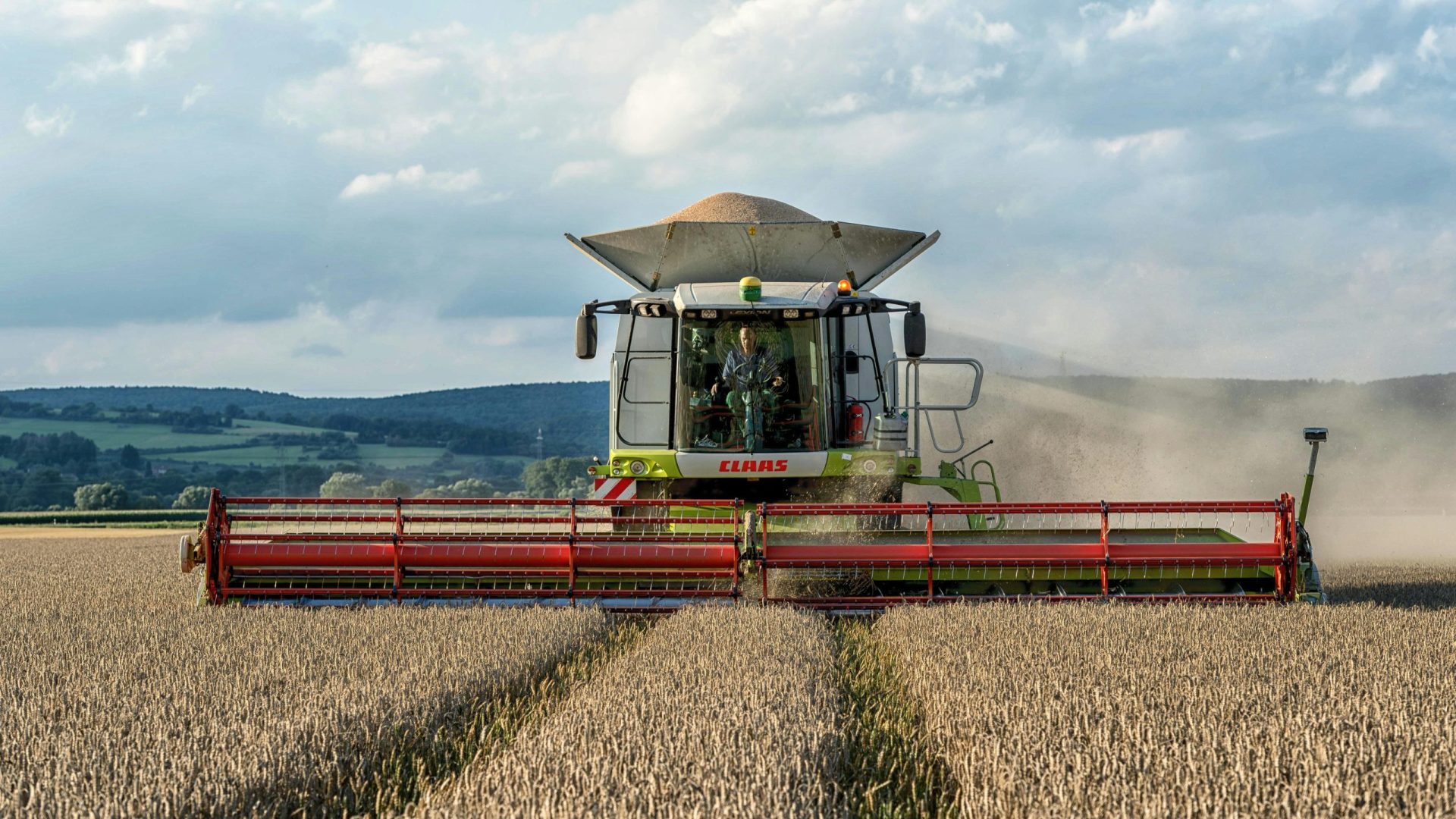Global events such as pandemics and wars have extensive impacts on many sides of daily life, and one of the most immediate effects is on food prices. These disturbances can cause a chain reaction that affects the entire food supply chain from production and transportation to availability and price.
During pandemics like COVID-19, labor scarcities become a key anxiety. Restrictions on movement and illness among workers can slow or stop farming production and food processing. Furthermore, supply chains are often disturbed, making it tougher to transport food across regions or boundaries. When fewer goods reach markets, scarcity drives prices up, mostly for perishable items or imported foods.

Wars and conflicts similarly interrupt food supply chains. For example, the war in Ukraine had a global impact on grain prices. Ukraine and Russia are major exporters of wheat, corn, and sunflower oil. When the conflict began, exports fell sharply, leading to a scarcity in international markets. Nations reliant on these imports were forced to seek alternatives, often at higher costs.

Besides, wars and pandemics can drive up fuel prices, which in turn increases the cost of farming, food processing, and transportation. This adds to the general increase in food prices. Inflation and currency fluctuations, often seen in times of crisis, can also weaken purchasing power, making food more expensive for consumers.
In conclusion, global events like pandemics and wars can severely impact food systems. They reduce supply, increase production and transport costs, and cause market variability. The result is often a significant rise in food prices, which can straining household budgets and contribute to food insecurity especially in vulnerable areas. As such, structure strong food systems has become a key focus for global legislators to help cushion against these unpredictable shocks.


